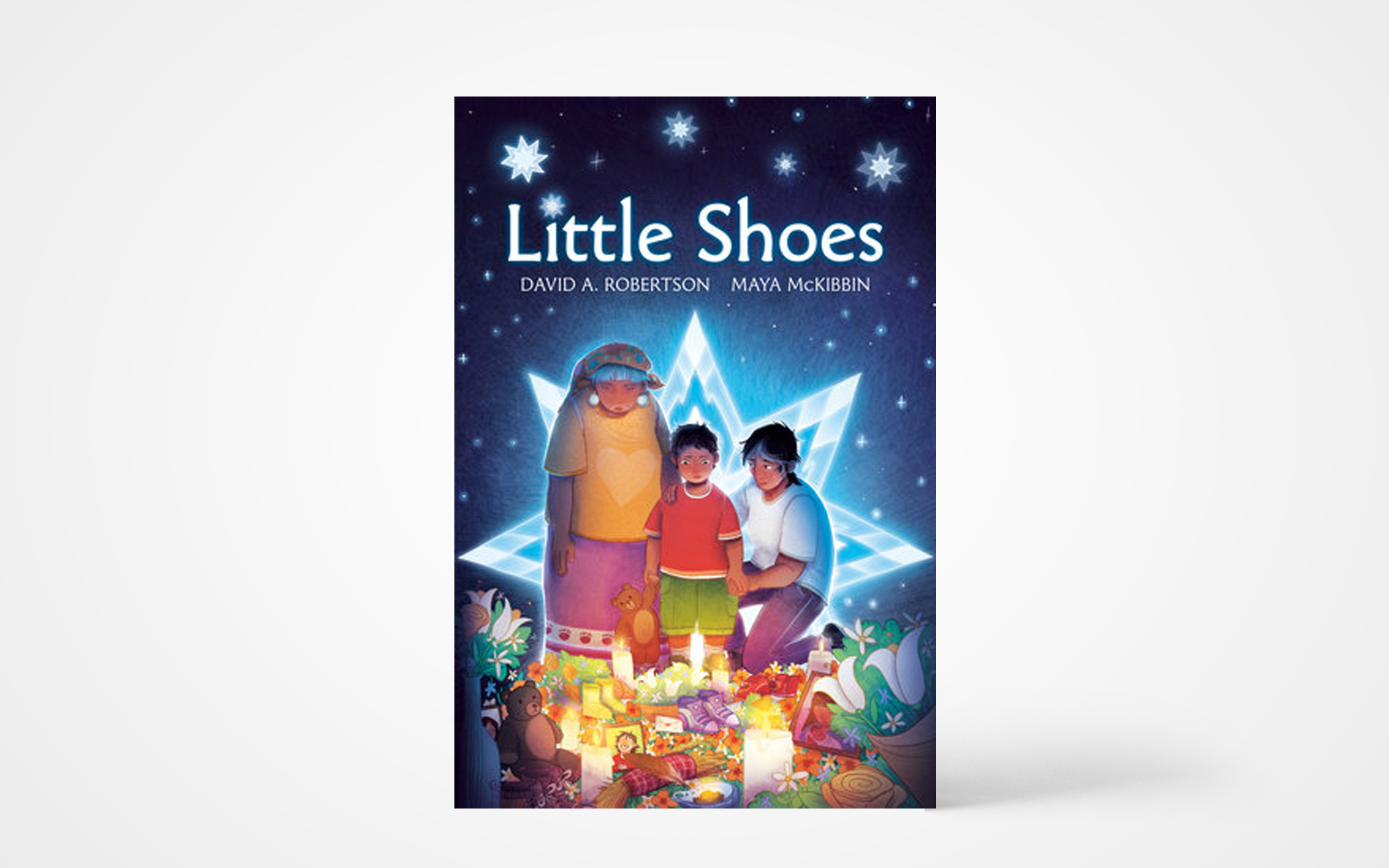When a young First Nations child named James wakes up in the middle of the night, he can’t get back to sleep as he recalls his science class and wonders about the way the earth spins and gravity functions. He gets out of bed, pulls aside the curtains, and moonlight floods his room, creating an illuminated path to his mother’s bedroom. He goes to her room, shakes her awake, and peppers her with questions. His mom answers patiently and, when James’s curiosity is sated, he crawls into bed with her and falls asleep in her embrace.
The following night, James wakes up in the night and recalls the Night Sky Stories and indigenous beliefs his Kokum, his grandmother, had told him. Again, James wakes up his mother and asks her to tell him about all the constellations. When he’s happy with her answers, he crawls into bed with her, feeling safe in her loving arms.
One day, Kokum tells James they are going on a walk, but it won’t be like other casual strolls they have taken. This walk will be different. It is a protest march which will end in front of a big pile of teddy bears, flowers, and, mostly, little shoes.
When they arrive at the memorial, James asks Kokum, “What are all the shoes for?” Kokum tells James about the tragic history of residential schools that First Nations children were forced to attend and in which many died. She says she and her sister also attended a residential school, and that she came home, but her sister didn’t. Kokum points out that the shoes are meant to honor all these children.
That night James wakes up and can’t get back to sleep as he thinks about Kokum and her sister. As is his custom, James follows the moonlit path to his mother’s bed, wakes her up, and asks, “Who cuddled Kokum and her sister at residential school when they woke up in the night?” James’s mom reassures him that the girls cuddled each other and felt less lonely.
Little Shoes is a sensitive, age-appropriate introduction for children to the sad history of residential schools. Guidance from parents or other caring adults is essential as children engage with this compassionate narrative and difficult topic. Though recommended for children ages 3 to 7, the book is better suited to children ages 7 and older.
(Tundra Books)
About the Author
Sonya VanderVeen Feddema is a freelance writer and a member of Covenant CRC in St. Catharines, Ontario.

